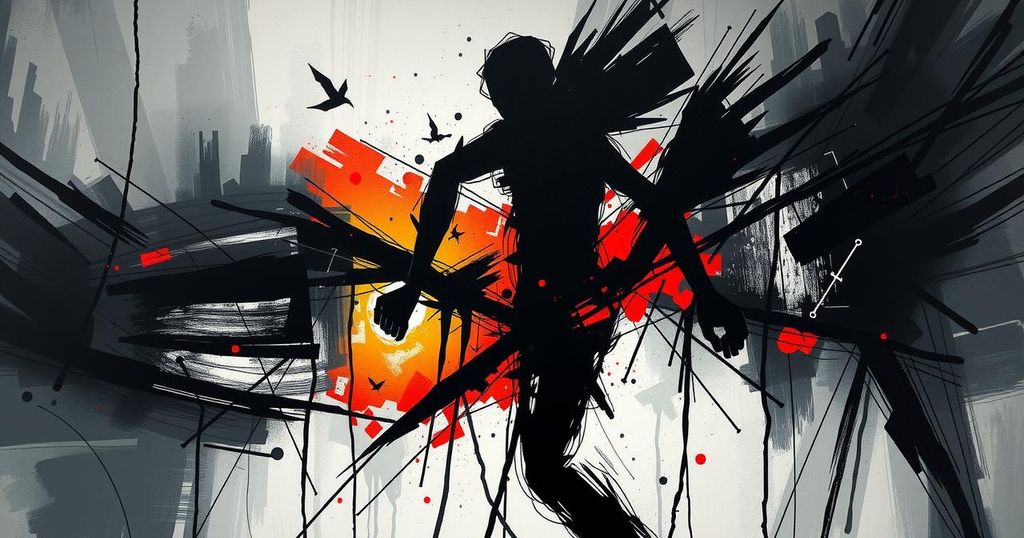Global news
AFRICA, CIVIL WAR, HUMANITARIAN ISSUES, JAN POSPISIL, JOHN GARANG, MILITARY, NASIR, NASIR COUNTY, NUER, REFUGEE CRISIS, REFUGEES, RI, RIEK MACHAR, SOUTH SUDAN, SOUTH SUDAN PEOPLE ’ S DEFENCE FORCES, SUDAN, SUDANESE PEOPLE ’ S LIBERATION MOVEMENT, UGANDA, UPPER NILE, UPPER NILE STATE
Leila Ramsay
0 Comments
Escalating Violence in South Sudan: Analyzing the New Dynamics and Paths to Peace
The resurgence of violence in South Sudan, driven by ethnic tensions between the Nuer and Dinka communities, raises fears of civil war. The involvement of Ugandan troops and government policies has intensified conflict. To prevent escalation, dialogue and collaboration with community leaders are crucial, while international responses remain insufficient.
Violence is escalating in South Sudan, driven primarily by historical tensions between the Nuer and Dinka communities. This situation has deteriorated notably due to political strife, particularly in Upper Nile State. The arrival of Ugandan troops in support of the South Sudanese government on 1 March 2025 has added to the complexities, as these forces engaged in aerial bombardments, provoking opposition groups to withdraw from military discussions and jeopardizing the fragile 2018 power-sharing agreement between President Salva Kiir and First Vice-President Riek Machar.
In early March 2025, the White Army, a militia representing the Nuer community, initiated attacks on the South Sudan People’s Defence Forces in Nasir County. This conflict has resulted in nearly fifty fatalities, escalating tensions further. The militia asserts it acted in self-defense, yet such events resonate with patterns of prior violence, exacerbated by governmental responses that involve indiscriminate attacks and arrests of opposition figures.
The historical context of this violence dates back to the post-1991 SPLM split, where factions aligned with either Dinka or Nuer identities have perpetuated cycles of conflict. The White Army emerged in response to these divisions, historically prioritizing local defense rather than following a unified political command under Machar. The current unrest reflects independent motivations from the White Army, as opposed to being mere extensions of opposition strategies.
In comparison to the civil war outbreak in 2013, the White Army’s actions appear reactionary rather than centrally organized. An incident in mid-February 2025 served as a catalyst for renewed violence, leading to subsequent conflicts with perceived failures in the national army’s ability to maintain order, further fueling community backlash.
The government’s response has included arrests of opposition leaders under the pretext of undermining their influence, although these measures reflect more of an opportunistic approach rather than a resolution to the underlying issues. To avert a descent back into warfare, a dialogue-focused strategy emphasizing community demobilization is essential. The government must cease arbitrary arrests and violence against civilians, prioritizing negotiations with local leaders, especially those with sway over the White Army.
Internationally, responses to the crisis have been limited, with calls for restraint falling short of addressing the root causes of conflict. The failure of the UN mission to adequately engage with the complexities of the White Army’s operations undermines efforts to prevent further violence. Assertive criticism against government actions, particularly the unlawful arrests, is necessary for fostering a conducive environment for peace negotiations and addressing grievances effectively.
In summary, the intensification of violence in South Sudan, characterized by the recent clashes involving the White Army and government forces, poses a grave threat to the fragile peace established in 2018. Historical grievances between the Nuer and Dinka communities remain at the forefront, as political miscalculations further exacerbate tensions. To avoid a civil war, it is imperative for the government to pursue dialogue, involve local leadership, and engage with international partners constructively. A comprehensive understanding of the situation and proactive measures are vital for maintaining stability in the region.
Original Source: eastleighvoice.co.ke




Post Comment